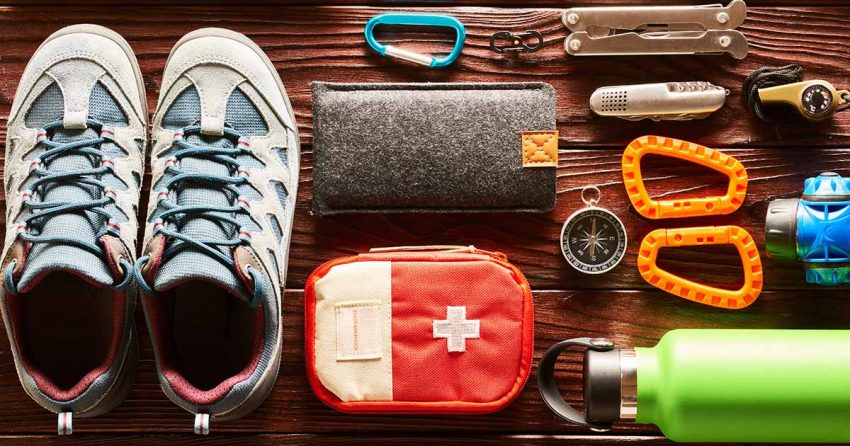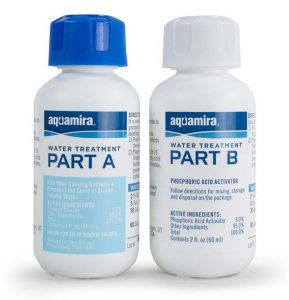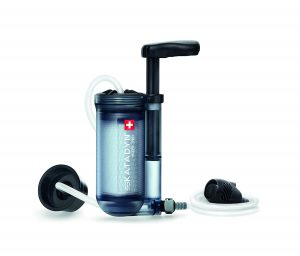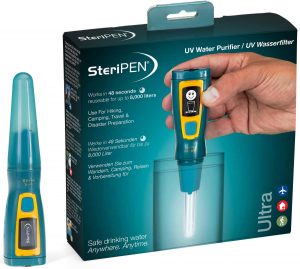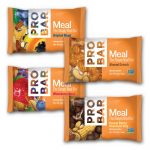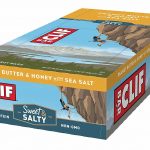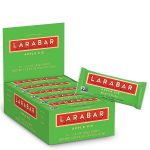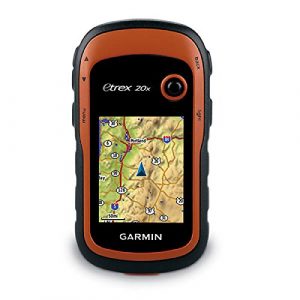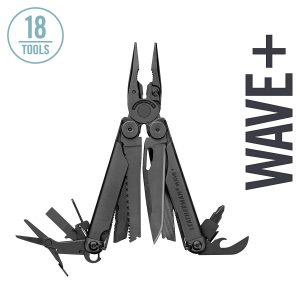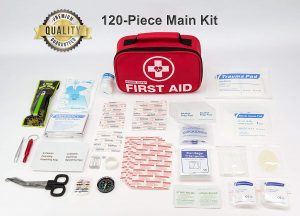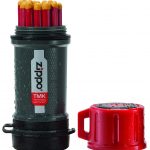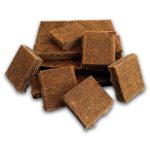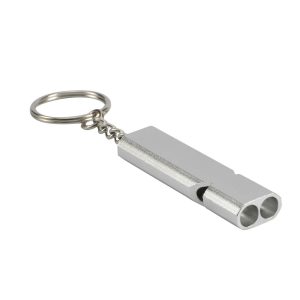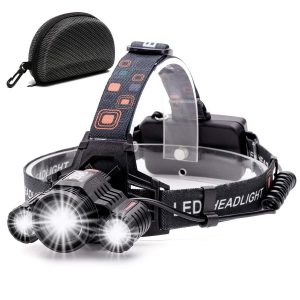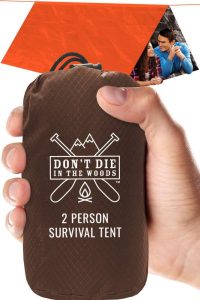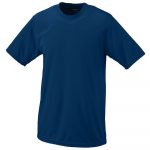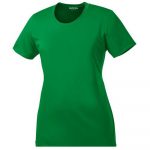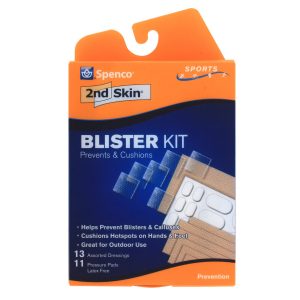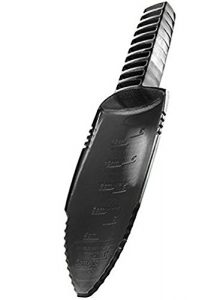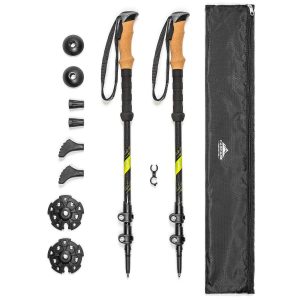Getting the right hiking gear for beginners is fundamental to hiking preparation. As discussed in Hiking for Beginners successful hiking is all about planning and preparation.
It’s good to set goals, take precautions and think about the unexpected. These themes of preparation and planning carry over nicely to finding the right hiking gear for beginners.
The best gear for beginners can be broken down into four categories.
- The Essentials
- The Unexpected
- Self Care
- Additional Hiking Gear
The Essentials
The essentials are the “Must have gear” for any beginner hiker. These are the elements that will keep you safe and well nourished. These basic necessities are easy to overlook. Food and water are the big two.
Water
When preparing for any hike it’s important to pack food and water. It’s best to pack more than you need as an insurance policy against the unexpected.
You’ve heard this your whole life: your body needs water. This applies even more when engaging in a physical activity that will last over several hours. Your body will be losing water through increased activity. It is vital that water be replaced to stay healthy and fueled. The recommended amount of water is one gallon for 24 hours.
Of course water can get heavy as it all needs to be carried. If hiking for a long time or distance you may want to consider a water treatment solution.
Water Filtration Systems
- Chlorine Dioxide Drops – Leveraging chemicals to kill bacteria, protozoa and viruses. Although it requires up to four hours wait time the chlorine dioxide leaves no weird taste or color.
- Filtering – Using a manual pump, squeeze bag or gravity a filtering system runs dirty water through a filter removing the impurities. With a filter system the water is available to drink right away but may have a less desirable taste and odor. Also filters alone do not kill viruses and may not remove all risks in the water.
- Ultra Violet Light – Quick, easy and convenient. The UV light kills viruses along with bacteria and protozoa. The UV purifiers do require batteries and tend to be more expensive.
- Boiling Water – boil water for 1 min (3 minutes if over 1500 feet in elevation) to kill viruses, protozoa and bacteria. Boiling water is not ideal as additional fuel and cooling time are required. However boiling can be a solid choice if cooking.
Food
Nutrition on a hike is essential to keeping the body fueled and stamina levels up. You will be burning calories as you hike. A good choice for food on a hike is high calorie, shelf stable and wrapped items. This will provide efficient packing space and weight. These foods will also provide the necessary sustenance to forge on through the hike. An excellent choice for day hikes are food bars.
In addition to bars other good ideas include trail mix, jerky, fruits and nuts.
One thing to keep in mind when considering food is to pack more then you need. Always be prepared for the unexpected. It is possible through a wrong turn, injury or inclimate weather that a hike may last far longer than intended. Packing extra food is great way to help prepare for just such a curveball.
Map and Compass
Knowing where you are and which direction you are going is key to a successful hike. Having a map and compass will keep you on track. In additional to the traditional map and compass solutions you may want to consider a handheld GPS device. Garmin makes a great entry level light weight handheld GPS device with long battery life.
Knife / Mutli-tool
Rounding out our essentials is a knife and or multi-tool. We consider having a knife or a multitool an essential tool to any hike. A multitool provides a wide array of uses .
A great choice is the Leatherman Wave+ which sports 18 tools. Having the pliers, knife and saw available in your pocket will pay dividends in just a couple of hikes. Additional tools include screwdrivers, scissors, opener, file, wire cutters and wire strippers.
The Unexpected
When hiking be sure to expect the unexpected. Luckily many unforeseen troubles can be mitigated by packing a few supplies.
Injury
Whether you have a cut that need to be disinfected or a sprained ankle that needs ice for the swelling a first aid kit will help. A first aid kit is a great line of defense against all sorts of things that can go wrong on a hike.
First Aid Kit
Pre-packed first aid kids contain items like bandages, ice and gauze in the case of injury. It contains a whistle and compass to help when lost. The fist aid kit also has an emergency blanket and glow stick for unplanned circumstances.
Getting lost or stranded
Dealing with being lost or injured on a hike is a difficult situation. In the unfortunate event that you find yourself lost or injured remember to stay calm and take deep breaths. Try to stay focused and do not panic. Being able to make clear decisions will help address the issue. One way to help in these trying times is to be pack prepared.
Fire starting gear
Having tools available to start a fire is a smart idea. If you get lost or injured it’s possible you will need to be able to survive into the night time hours. By building a fire you will stay warm, cook food, boil water and give searches a way to find you.
Storm proof matches can ignite even after being exposed to storm conditions.
Firestarter cubes provide a built in kindling for starting a fire. They are made of a dense material that burns slowly like a giant candle wick. Lighting one at the bottom of a firepit you will have ample time to get a fire up and running.
Whistle
An attention grabbing device to signal to others nearby should you require attention.
Lights
Having a flashlight or headlamp available is essential. Being prepared to navigate in the dark will help when running late or getting lost.
Extra clothes
Always pack an extra layer of clothing. The temperature drops at nighttime. Other factors may come into play as well including rain, sweat and wet terrain. Damp clothes will cool more quickly and make the body colder. Wearing clothes that wick away moisture will keep you better prepared to deal with the unknown factor.
Extra batteries
Consider all of the electronic devices you are carrying that utilize batteries. GPS, Water filter, head lamp, phones and radios are all subject to failing if their power supply runs out.
Emergency Shelter
Have a shelter available for emergency use will help protect in an unplanned event. Being able to gain shelter will maintain warmth and protect against elements.
Contact information
Keep emergency contact information available on your person. This will help in the case when you are unable to provide information yourself to those assisting you. Have your own contact information available. If you are unable to respond this will help those who are assisting you. Also have your emergency contact information available so they know who to reach.
Self care
One of the biggest aspects of self care is protecting yourself from the elements. Hiking is exposing yourself to the elements of nature. It is good to protect ourselves to ensure our safety and long term enjoyment of hiking.
Protect against the Sun
It is important to protect against the sun. Heatstroke, sunstroke and ultra violet rays are all risks of being over exposed. By taking some simple precautions you can help mitigate the sun’s dangerous effects while hiking.
Hat, Sunglasses, Sunscreen & Lipbalm
Protect your self from the sun by packing a hat, sun glasses, sunscreen and lip balm. Remember to apply at timed intervals – not when you are starting to feel like you are getting burned. Keep the SPF up on the exposed portions of your skin. When putting sunscreen on don’t forget your ears and face as well as any other exposed surfaces.
Proper Attire
Moisture wicking and layers
When hiking it is important to dress appropriately. This includes understanding the climate and environment you are venturing into. Cold weather hiking will have its own risks and challenges. If day hiking on a warm summer day then keeping lighter layers will be more comfortable. In either case it is important to stay dry and dress in layers. Staying dry mean wearing layers that wick away moisture. This will help to keep your body’s heat maintained and ensure comfort throughout the duration of the hike.
Hiking Boots/ Hiking Shoes
Be sure to break your boots and shoes in before taking them out on a hike. Wear them around the house and yard for a few hours at a time. By breaking in your boots you will have a more comfortable hike and lessen the chance for blisters.
Blister kit
This is super important especially as you are getting started as a hiker. Blisters have a way of getting worse if untreated. Open blisters can easily become infected as they are difficult to keep clean. Having a blister kit available will help address blisters as they come up.
Toilet paper and trowel
When you have to go to the bathroom on a hike it is important to have these tools. Be sure to leave no trace and head 200 feet away from the trail (40 adult paces). Dig a cat hole 6-8 inches deep before you go.
Additional Hiking Gear
Additional hiking to consider bringing along on your hike. These items will enhance your hiking experience.
- Duct Tape
- Extra Rope
- Trash bag
- Trekking Poles
Final thought: Don’t forget your camera and binoculars. Get a better view and take the memories with you.
Was there something missing on this list? Leave a comment and let us know.

